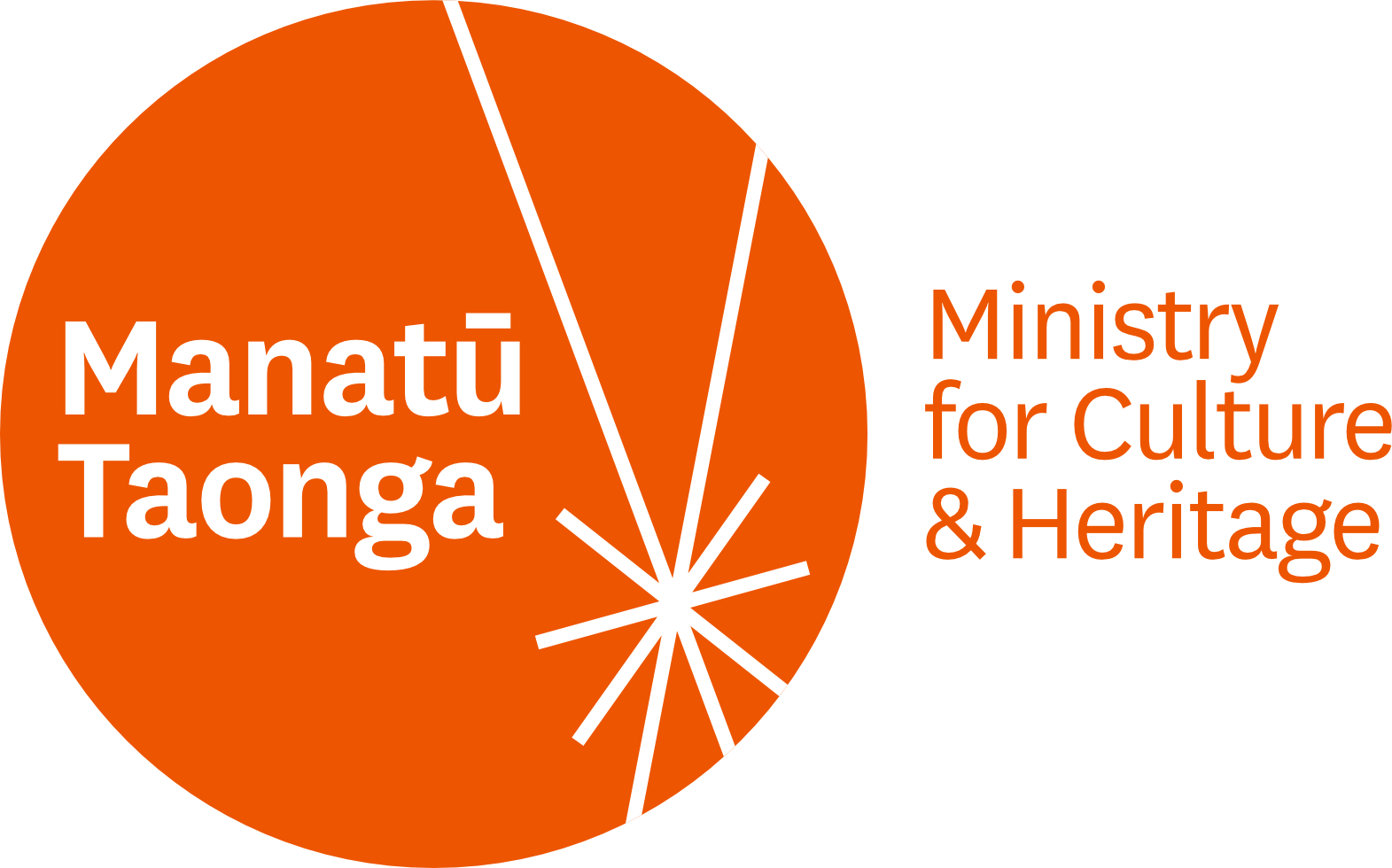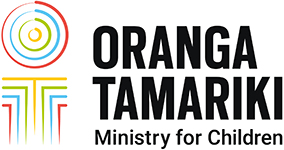Benton Glassey is a Programme Facilitator at Studio2, a creative space for people with learning disabilities. Studio2 also runs the Margaret Freeman Gallery, situated within the studio on a busy street corner in the heart of South Dunedin.
 Benton is one of six part-time programme facilitators at Studio2. He’s also a musician, and plays bass guitar in a band called Tahu and the Takahes. In addition, he organises a free annual music event for disabled people and the community, called The Great Sunday Shindig.
Benton is one of six part-time programme facilitators at Studio2. He’s also a musician, and plays bass guitar in a band called Tahu and the Takahes. In addition, he organises a free annual music event for disabled people and the community, called The Great Sunday Shindig.
Studio2 is operated by Connections Centre, a day service for disabled people with high support needs. The studio is open Monday to Friday, with two sessions per day and between 30 and 40 artists every week.
In this Q&A interview, Benton answers three questions put to him by Arts Access Aotearoa.
1. What are the most important qualities and skills you need to work as an art tutor or facilitator for people with learning disabilities?
I believe working in a creative space with our artists requires an openness of heart and mind. A creative space is a place where we can experience art and culture in all its forms. Being open to people with different life experiences and perspectives helps us develop – much like the process of painting layers of colour and texture on a canvas.
 As a facilitator, my aim is to create and sustain an environment conducive to that creative wellspring – a place for people to feel included; have comfort and agency within the space; and empower artists to be themselves and let their creativity flow.
As a facilitator, my aim is to create and sustain an environment conducive to that creative wellspring – a place for people to feel included; have comfort and agency within the space; and empower artists to be themselves and let their creativity flow.
Forming a positive relationship with each artist and being upbeat is always a great start, even if it has nothing to do with art. The ability to use initiative and think creatively is key to helping artists with their motivation or engaging with an art medium.
Often taking a different perspective can be enough to approach or overcome the issue at hand.
Celebrating and encouraging the strengths of our artists (e.g. the strength to try something new, or experiment with shapes and colours) is a great tool to develop confidence of self and of artistic expression.
2. How do you balance your life between being a musician, an art facilitator, curator and festival organiser?
Time is a weird soup! I work on projects, collaborate with other staff, and network in the spaces between. Sometimes during less hands-on sessions, where the artists are busy working and socialising with each other, I may be able to answer an email or brainstorm upcoming events.
The role requires a lot of passive presence in the space, simply checking in with artists during their creative process. We are a relatively small studio and curating exhibitions alongside the artists is easy and fun.
There’s always time before people arrive for the morning session and before the afternoon session to keep up-to-date with what’s happening at Studio2.
3. What advice do you have for other tutors or facilitators at creative spaces?
I would say that we are truly fortunate to be able to do this work. What our artists create is culture itself: it gives our communities biodiversity and I believe the arts are one of the common languages of the human experience.
I f the aim of your creative space is to empower and celebrate the creativity of marginalised people and cultures, then finding ways to communicate and connect with anyone open to that engagement is important.
f the aim of your creative space is to empower and celebrate the creativity of marginalised people and cultures, then finding ways to communicate and connect with anyone open to that engagement is important.
We are a bridge between worlds, and helping people to see what we see can shift perspectives and change lives.
One of the ways we do this at Studio2 is to hold regular exhibitions, where we actively engage with the community and make ourselves as accessible and welcoming as possible. Having a very visible street presence makes it fairly easy to connect with the local community, which we are very much a part of.
Something I’ve found really inspiring and reassuring is visiting other creative spaces and talking to other artists, art tutors and facilitators.
It becomes very same-same when we wear blinkers and work hard at what we are doing. It’s really important, I think, to remove the blinkers, look to the horizon, and engage with others to share ideas and challenges. That way, we can all help each other, and it feels great to help. Win-win!
Lastly thank you, we may have met or have yet to meet, but I appreciate you and what you do at your creative spaces. Kia kaha and keep up your great work.
This interview is part of a series about the role of arts tutors in creative spaces around New Zealand. For more information about Studio2 and other creative spaces in Otago, visit the creative spaces directory.
Also read Insights into art tutors at creative spaces.




